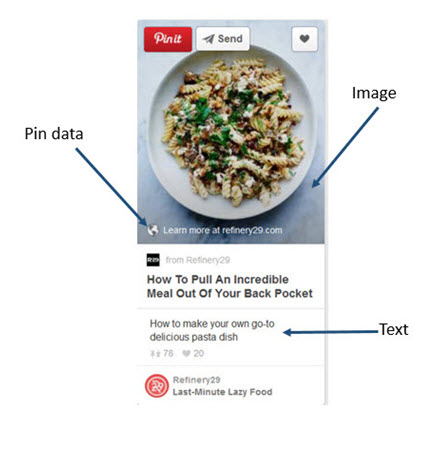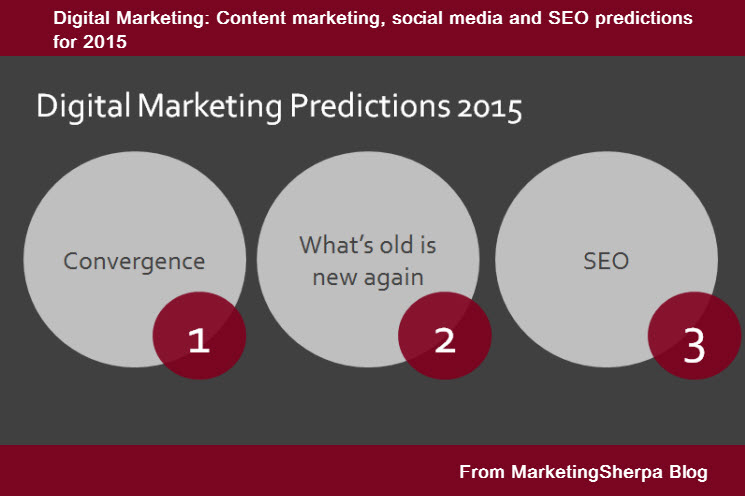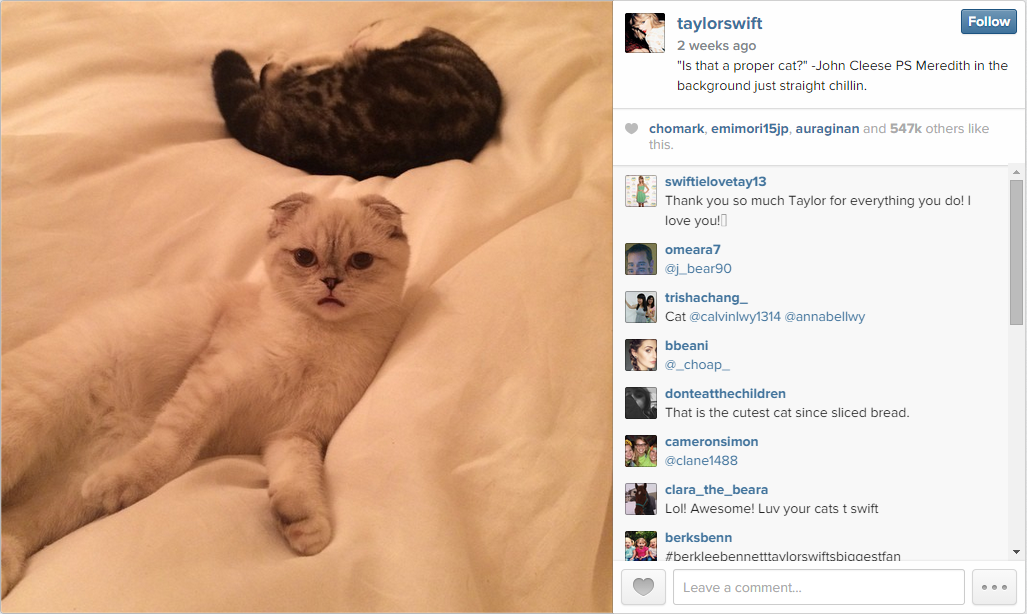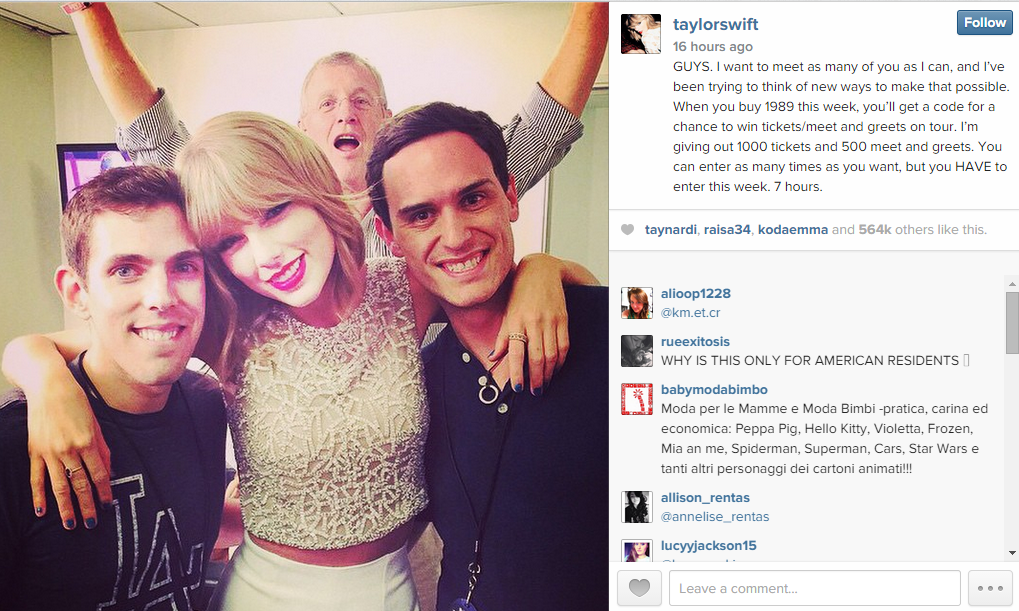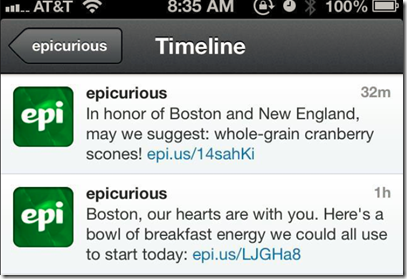Digital Marketing: What is a 21st century brand?
What is a brand?
Specifically, what is a brand in the 21st century, when we have the ability to converse directly with our customers?
Is it a product, a culture, a destination, service or ingredient? Or is it something more metaphysical? Steven Jones said in his book, Brand Like a Rockstar, that,
Brands are so much bigger than business, logos, names and locations. Brands go deeper, beneath the visible surface and exist in the mind. Brands are essentially perceptions and emotions. They are feelings and associations that come from interacting with a product or service.
A brand in the 21st century exists in the feelings customers get when they interact with a company’s product. It is a direct reflection of that company’s culture, value proposition and the individual personalities of its executives and employees that help shape the brand’s core values.
With the advent of social media, the cultural norms that dictate how a brand interacts with its customers have irrevocably changed the way we view it.
Brands have become more human, and today’s technology allows us to have a real-time conversation with our customers as well as allowing them to start a real-time conversation with us. This means brands are quicker to respond to the praise and critiques of marketing campaigns.
Recently, Starbucks had a social marketing campaign that focused on a desire to force its customers to talk about race. In the campaign, Starbucks had their employees write, “Race Together” on cups of joe.
 The idea was that every time someone got a cup of coffee, it could be an opportunity to talk about the recent racial and social tensions that have recently gained traction in the national media.
The idea was that every time someone got a cup of coffee, it could be an opportunity to talk about the recent racial and social tensions that have recently gained traction in the national media.
The campaign failed spectacularly.
After only a week of near constant criticism, it came to an end. However, it didn’t harm the Starbucks brand. In fact, it reinforced the brand’s values in the minds of the public. Because Starbucks has crafted a socially-conscious brand image, it has often been criticized by taking a stance on socially divisive subjects.
However, for better or for worse, the company has taken a stance on social issues, which is the main fact perceived not only by customers but also the media at large. Failures have (so far) been forgiven.
The hardest part of managing a brand in the 21st century is with all the avenues we have available to interact with customers, ensuring that messaging reflects brand values.
Brands today can make jokes in social media, wish customers happy birthday and interact frequently with the online communities that support them. It is these communities in the end that help define the perception of the brand in the minds of other consumers. By developing relationships with them, brands can grow a brand image that will absorb the blows of bad campaigns and help gather steam to launch its next marketing idea.




